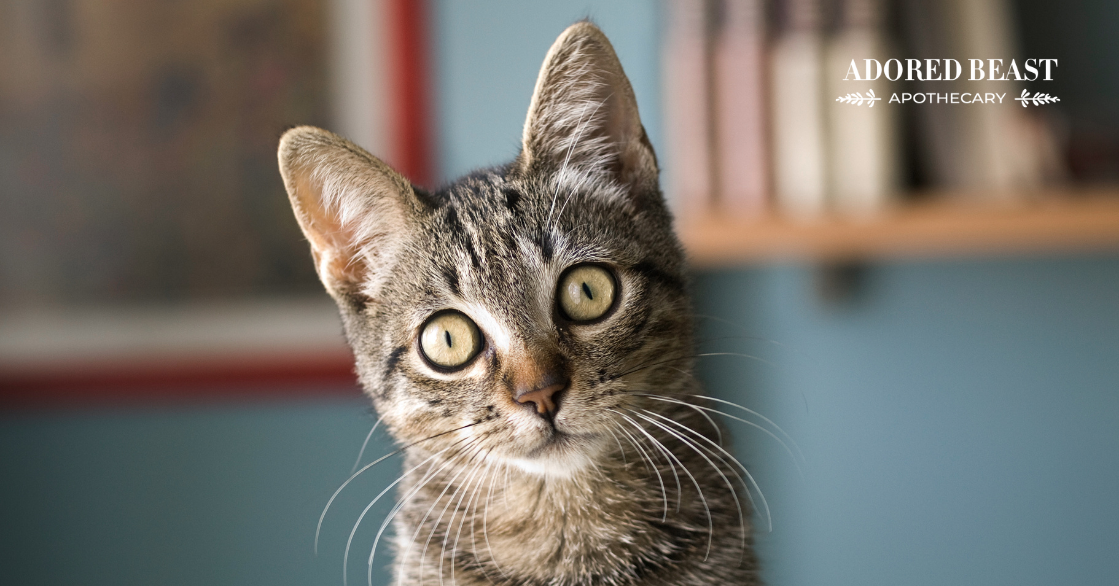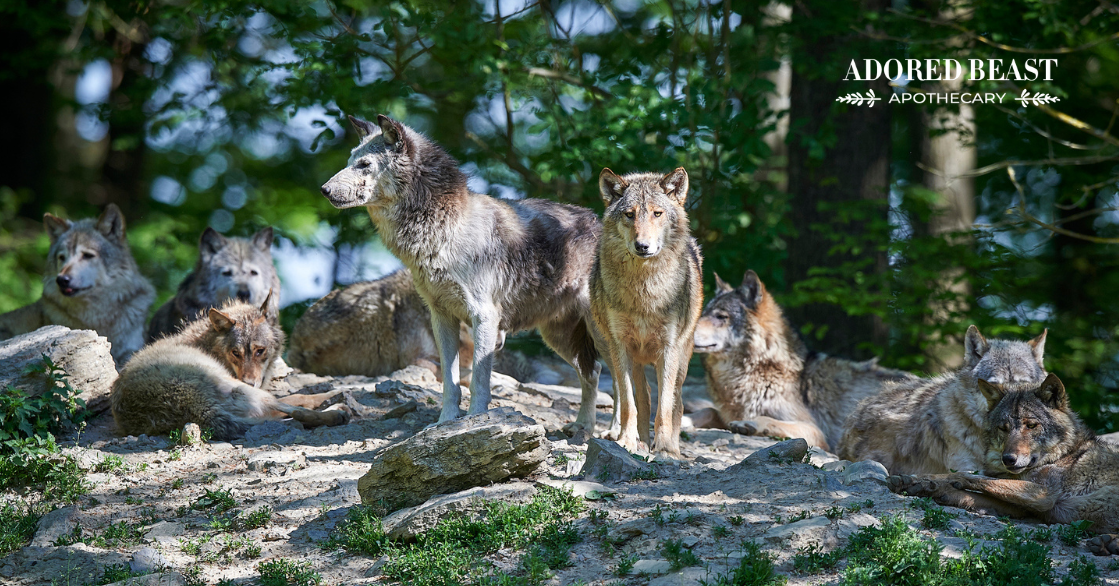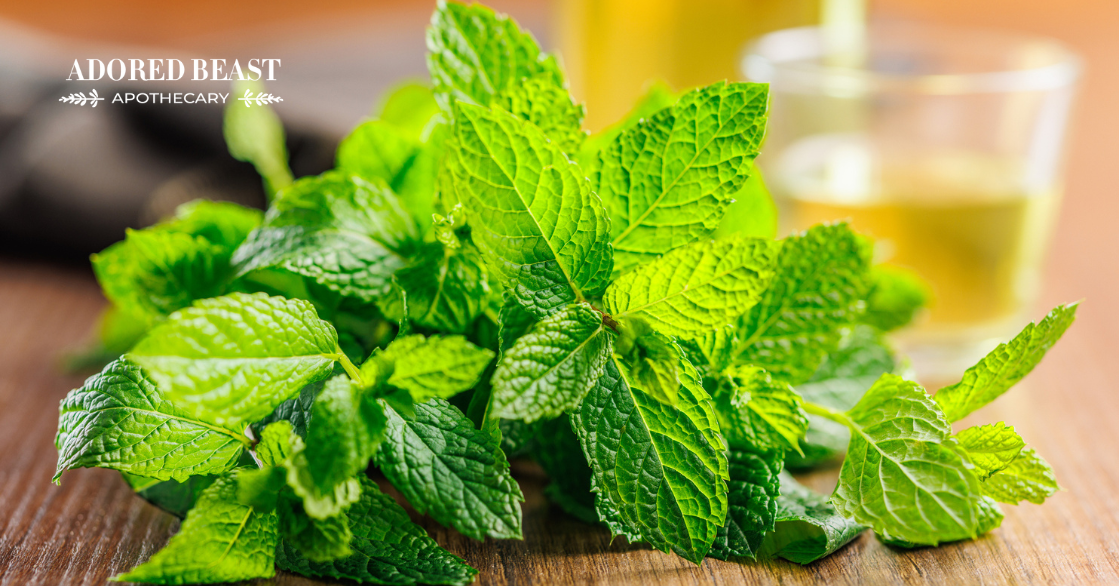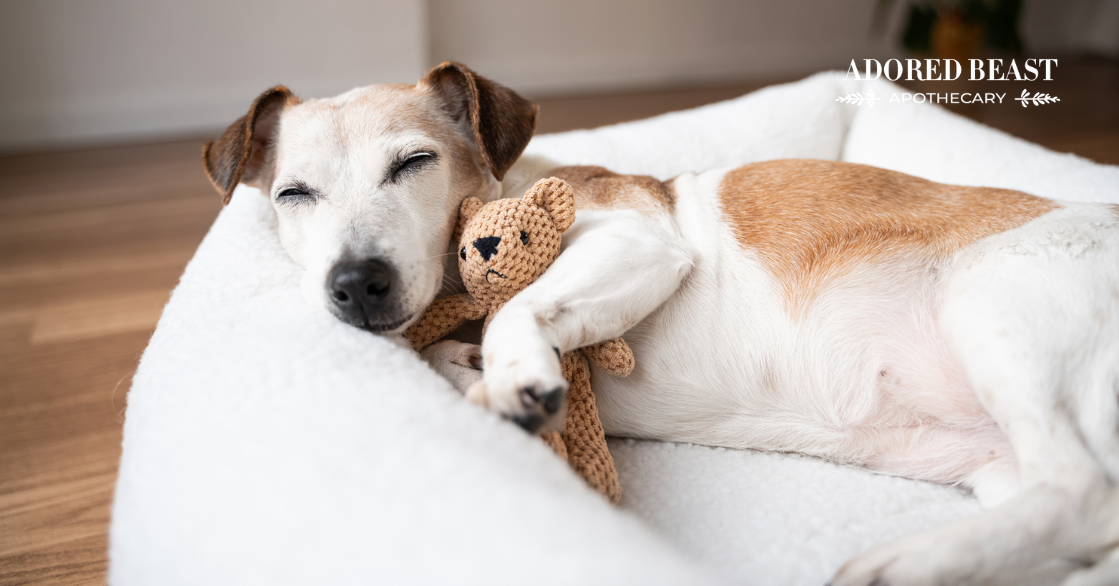We’re hearing more and more in the news these days about concerns over the avian flu. While the name may sound like this is an illness confined to avian populations, that’s not actually the case. Many people are asking, “can cats get avian flu”?
In the United States, avian flu infections have increasingly been reported in domestic cats.
Now, don’t panic. Yes, avian flu is a real thing that can hurt our adored beasts, BUT it is still quite rare, despite higher numbers than in the past. Here are some important things to know.
Can Cats Get Avian Flu?
While avian influenza – also commonly known as the bird flu – has long been a concern for poultry and wild bird populations, infections in mammals, especially pets like cats, have historically been rare.
But that seems to be changing. According to the American Veterinary Medical Association, “Since the U.S. outbreak of avian influenza A (H5N1) in dairy cattle began in March 2024, dozens of cats are known to have contracted the virus, including barn and feral cats, indoor cats, and big cats in zoos and in the wild (e.g., mountain lions, tigers, leopards, and bobcats).”
Most experts agree that food is the main source of infection for cats, most often unpasteurized milk and raw or undercooked meat (e.g., poultry). Other potential sources include:
- Raw colostrum and other unpasteurized dairy products (like cream)
- Exposure to infected wild birds or poultry
- Exposure to infected livestock and their environments
- Exposure to people who work on affected farms and to their clothing or other fomites
What about dogs? Yes, dogs can contract avian influenza, though it’s even rarer and often asymptomatic. Dogs are susceptible to the H5N1 strain, but clinical illness is not common.
If a cat has avian flu, illness may start with loss of appetite, lethargy, and fever, then quickly progress, with cats exhibiting:
- Neurologic signs (e.g., ataxia [incoordination], circling, tremors, seizures, or blindness)
- Severe depression
- Heavy discharge from the nose and eyes
- Other respiratory signs, including rapid or difficulty breathing, and possibly sneezing or coughing
IIf you suspect your cat has contracted the virus, it’s important to speak with your veterinarian right away.
Protecting Your Feline Family Member
There are several ways that you can help protect your furry feline and reduce the risk.
- Ensure any milk-based products are pasteurized (to kill any potential bacteria)
- Keep cats indoors to prevent exposure to birds and other wildlife.
- Avoid contact with sick or dead birds and other wildlife yourself.
- Keep cats away from livestock, poultry, and their environments, especially in areas with known H5N1 outbreaks.
- Thoroughly wash your hands after any encounters with poultry, livestock, or wild birds and other animals.
- Change your clothes and shoes, and thoroughly wash any exposed skin, after interacting with sick or dead animals that may harbor the H5N1 virus, and before interacting with your cat.
- If you feed birds or walk near bird feeders or other places birds (including poultry) gather, change your shoes or disinfect their soles before entering your house.
Avian Flu and Raw Feeding
Within our own ABA community, we’re seeing much of the concern revolve around raw feeding, specifically because food is identified as a major source of the illness. Currently, there hasn’t been any recall in the human food chain due to avian flu in poultry meat. The USDA indicates that the chance of infected poultry meat entering the food chain is low.
Still, if you are a raw feeder and are concerned, there are a few things that you can do to mitigate the risk:
- Consider switching out the poultry in your cat’s diet for a different protein
- Cook your poultry to remove contaminants (remember, no cooked bones)
- If you buy commerical raw food, contact the company to find out about their processes for ensuring food safety, as well as what regulations are in place for their suppliers
Don’t let fear take over. Can cats get avian flu? Yes, but a few simple changes and precautions can minimize any potential risk and keep your furry feline safe.












